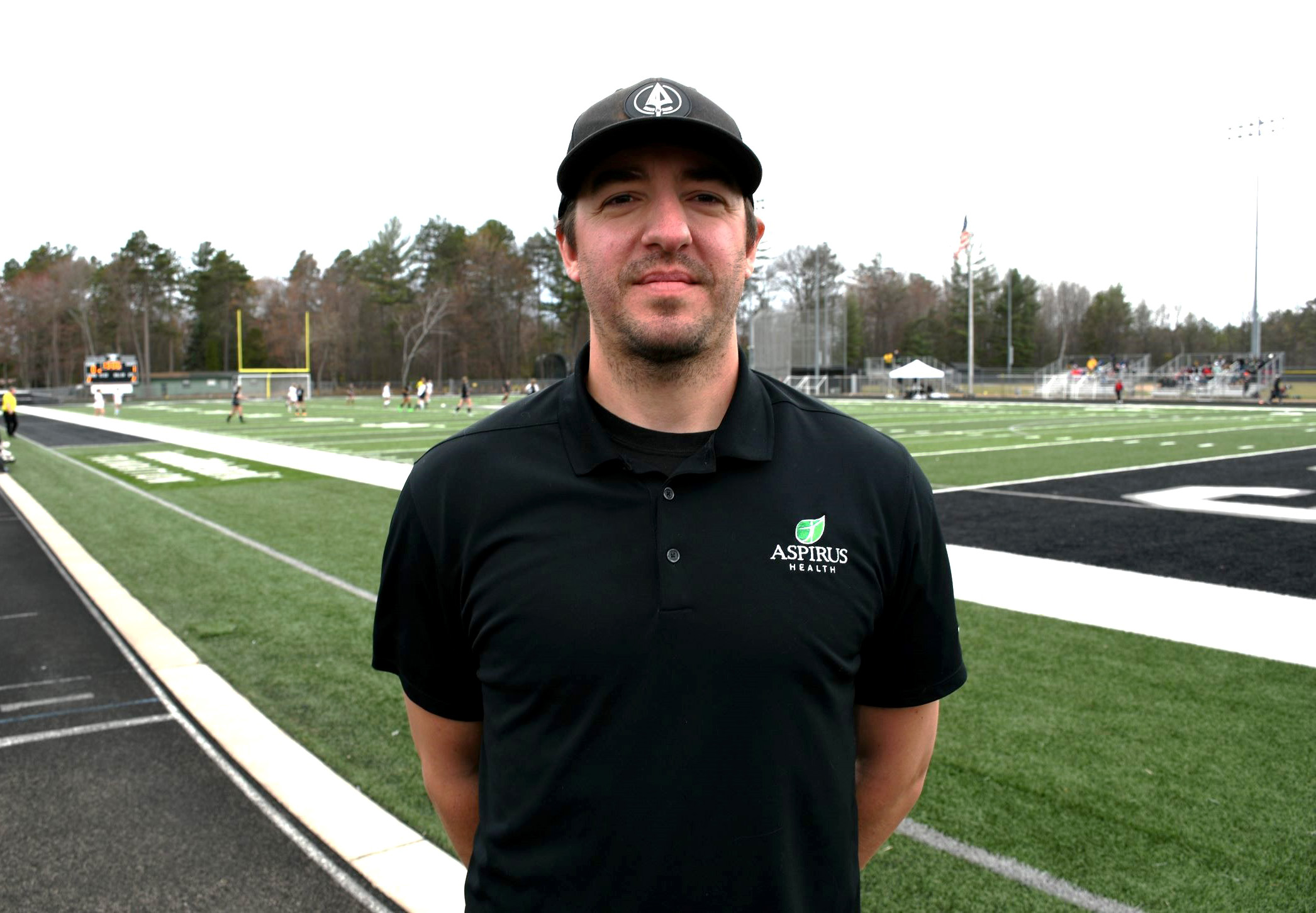How to Reduce the Risk of Injuries in Young Athletes
April is National Youth Sports Safety Month
4/18/2024

Zach Furtak, Licensed Athletic Trainer, Aspirus Northland Orthopedics
Participating in
youth sports can lead to immediate and long-term benefits for children.
Unfortunately, sports injuries can, and do, occur.
According to the
Centers for Disease Control and Prevention (CDC), more than half of the seven
million sports and recreation-related injuries that occur each year are
sustained by youth between ages five and 24.
“The most common
injuries we see here in youth sports are strains and sprains. Strains being the
tearing or stretching of muscle or tendons, and sprains being the tearing or
stretching of ligaments,” said Zach Furtak, Licensed Athletic Trainer, Aspirus
Northland Orthopedics. “Due to the variety of muscles, ligaments, and tendons
we have in our body, that is the most common injury we see in youth sports.”
However common,
there are still several ways to keep children active while also reducing their
risk of a sports related injury:
Gear up – Whether
during practice or games, athletes should be using protective gear, such as
helmets, wrist guards and knee and elbow pads in addition to any other sports
gear appropriate to their activity or player position.
Use the right stuff
– Be sure that sports protective equipment is maintained correctly and is in
good condition. Poorly fitted equipment may be uncomfortable and may not offer
proper protection.
Practice makes
perfect – Have athletes learn and practice skill sets relevant to their chosen
activity. For example, appropriate tackling technique is important in
preventing injuries in football and soccer. Correct biomechanics, or movement
and alignment, also plays a role in preventing injuries during baseball,
softball, and many other activities.
Be well conditioned
– Be sure to safely and slowly increase activities to improve physical fitness;
being in good condition can protect players from injury.
Hydration and
nutrition – Remind athletes to take care of their bodies by making sure they
are properly hydrated and eating a well-balanced meal.
Be a good model –
Communicate positive messages about safety and serve as role models for safe
behavior, including a wearing helmet and following the rules.
Recovery from an
injury is different for each athlete. “Some of the basic injuries, days to
weeks, some of the more severe injuries weeks to months; all depends on the
nature of the injury,” added Furtak. “Each injury is different, and each
athlete is different in their healing process and the injury itself.”
Safety and health
should be a top priority for coaches and parents to keep athletes in the game
and having fun, this includes listening to players’ concerns and identifying
injuries.
They can also
encourage players to be honest if they are experiencing pain and not to push
through it. If an injury does occur, parents and athletes can follow the
acronym RICE to aid recovery.
- Rest and protect the
injured or sore area.
- Ice or use a cold
pack as soon as possible.
- Compression, or
wrapping the injured or sore area with an elastic bandage.
- Elevation (propping
up) the injured or sore area.
“Coaches should be
coaching proper technique, making sure that athlete is doing the right things,
not putting themselves in jeopardy to injure themself, having off-season
strength training, getting your body ready for the sport at hand, not going
into it, not ready for it,” added Furtak. “And then while you're in the sport,
taking care of your body, strength training, stretching.”

Back to all Posts